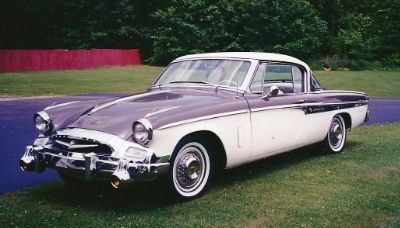I posted this before and tried all the suggestions that were made .We cleaned the relief valve and the port that it goes in,changed the spring that goes with
it,No change in the oil pressure.The pressure is 85 to 90 at idle,pegs the gauge out if you rev it a little.Changed the relief valve with a new one from S.I.
no change.We also changed the oil filter adapter and the oil filter as someone said it could cause it.We changed the gauge also and got the same readings.
We removed the spring from the relief valve and oil pressure dropped to about 20 pounds when we revved it up and 0 at idle.Am completely out of ideas
as I bought this vehicle with the engine was supposed to be rebuilt.Thank You for any help you can give me.Don Borger
it,No change in the oil pressure.The pressure is 85 to 90 at idle,pegs the gauge out if you rev it a little.Changed the relief valve with a new one from S.I.
no change.We also changed the oil filter adapter and the oil filter as someone said it could cause it.We changed the gauge also and got the same readings.
We removed the spring from the relief valve and oil pressure dropped to about 20 pounds when we revved it up and 0 at idle.Am completely out of ideas
as I bought this vehicle with the engine was supposed to be rebuilt.Thank You for any help you can give me.Don Borger




Comment